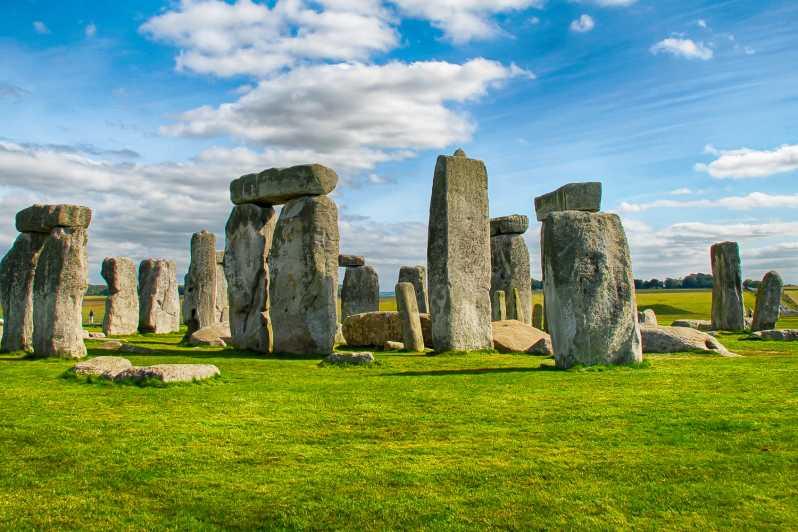Stonehenge tours, one of the world's most iconic prehistoric monuments, is known for its alignment with the solstices, particularly the summer and winter solstices. Witnessing the ancient rituals associated with these solstices at Stonehenge can be a captivating and spiritually enriching experience. Here's a guide to help you plan your visit:
1. Understanding Stonehenge:
- Stonehenge is a Neolithic and Bronze Age monument located in Wiltshire, England. It consists of a circular arrangement of massive standing stones and lintels.
- The monument is believed to have been constructed around 2500 BC, and its purpose is still the subject of debate among archaeologists and historians.
2. The Solstices:
- The two primary solstices are the summer solstice (around June 21st) and the winter solstice (around December 21st).
- The summer solstice is the longest day of the year, while the winter solstice is the shortest day. Stonehenge's alignment is associated with these events.
3. Visiting Stonehenge:
- Stonehenge is managed by English Heritage, and to witness the solstices, you must plan your visit carefully.
- Tickets for solstice events are limited and usually require pre-booking. Check the English Heritage website for updates on availability.
4. Summer Solstice:
- The summer solstice is the most popular event at Stonehenge. Thousands of people gather to witness the sunrise.
- The monument is aligned in such a way that the rising sun is framed by the stones, creating a spectacular visual effect.
- Be prepared for large crowds, and arrive early to secure a good spot. The atmosphere is festive, with drumming, music, and a sense of celebration.
5. Winter Solstice:
- The winter solstice at Stonehenge is less crowded compared to the summer solstice.
- People gather to witness the sunset, which aligns with the Heel Stone outside the main stone circle.
- It's a more tranquil experience, often with a spiritual and contemplative atmosphere.
6. Dress and Preparation:
- Stonehenge is an open and exposed site, so dress warmly and be prepared for unpredictable weather.
- Bring essentials like water, food, and a flashlight for evening events.
7. Respect and Etiquette:
- Stonehenge is a sacred site to many, and it's essential to treat it with respect. Do not touch the stones or climb on them.
- Follow any guidelines or rules provided by English Heritage and event organizers.
8. Photography and Recording:
- Be sure to capture the moment with your camera or smartphone, but also take time to simply absorb the experience without distractions.
9. Historical and Cultural Significance:
- Stonehenge's connection to the solstices reflects the ancient peoples' understanding of astronomy and their reliance on celestial events for marking time and rituals.
10. Local Celebrations:
- The solstices at Stonehenge are not the only way to experience these ancient rituals. Many local communities and groups organize their own solstice celebrations, which can provide a more intimate experience.
Visiting Stonehenge for the solstices is a unique opportunity to connect with ancient traditions and the natural world. Be sure to plan your trip well in advance, and approach the experience with an open mind and a sense of wonder.



